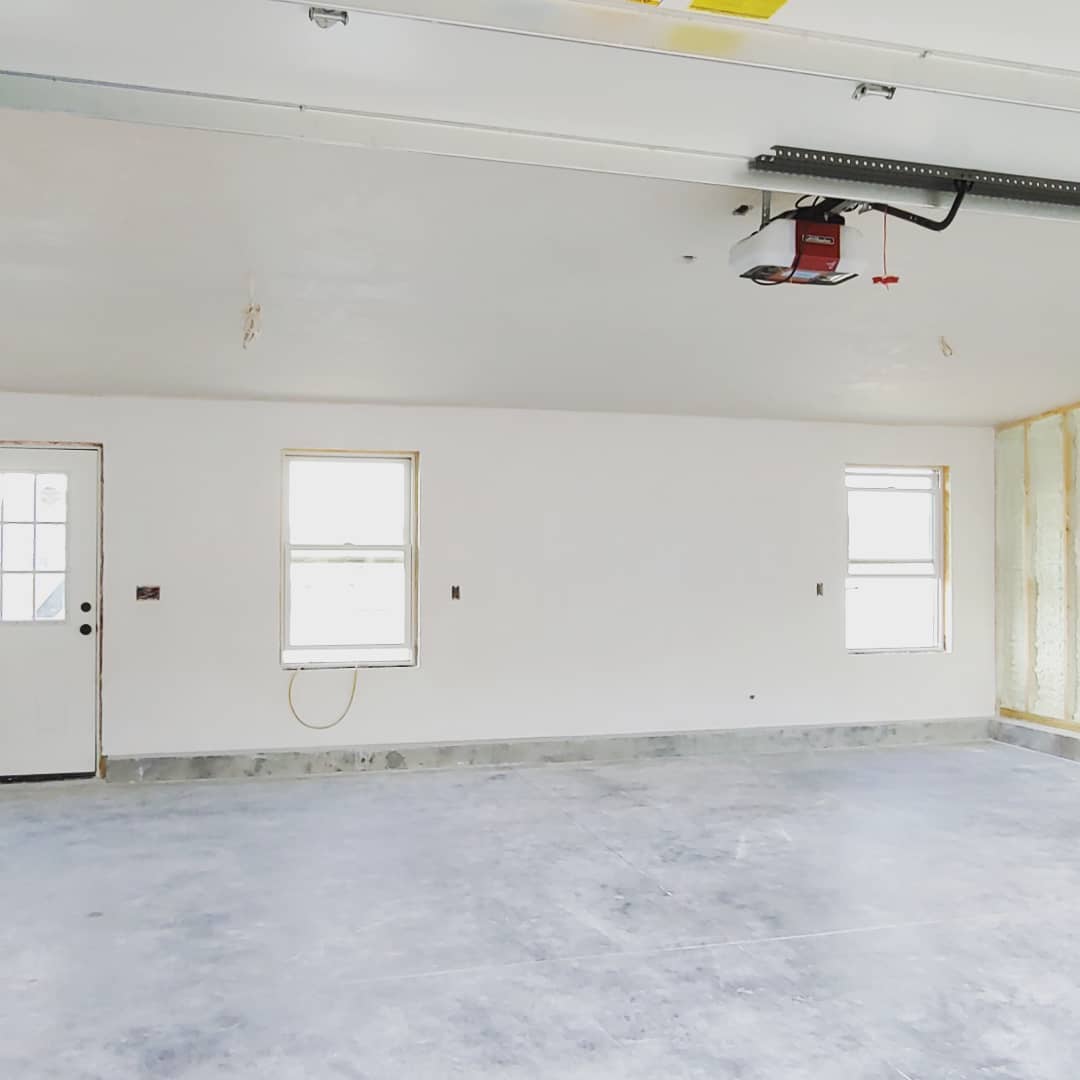
Understanding the Differences Between Drywall and Plaster: A Comprehensive Guide Nov 22, 2025
Drywall, often referred to as gypsum board, is a contemporary building material composed of a gypsum core sandwiched between two sheets of heavy paper. It's widely appreciated for its affordability and ease of installation, making it a popular choice for modern construction. Drywall's lightweight nature simplifies the installation process, allowing projects to be completed more rapidly and with less labor. In terms of versatility, drywall can be finished in various styles, easily painted, and fitted to different architectural designs.
On the other hand, plaster is a tried-and-true building material that has been around for centuries. Traditionally made from lime, sand, and water, or more recently from gypsum, plaster is applied in several coats over a lath, either wooden or metal, and allowed to harden into a dense, durable surface. One of plaster's finest qualities is its superior soundproofing ability, often making it the choice for homes where noise reduction is desired. Additionally, plaster's robust nature provides enhanced resistance to wear and tear, ensuring a lasting finish that maintains its appeal over time.
While both materials offer durability, drywall typically requires more maintenance compared to plaster, which is less susceptible to dents and scratches. When considering aesthetic value, plaster is renowned for its smooth, refined finish and ability to create seamless curves and intricate textures, bringing a unique character to interior spaces that drywall can't match. This makes plaster an excellent option for historic or high-end projects where detail and craftsmanship are paramount.
However, one of the main considerations for many homeowners is cost. Generally, drywall is more budget-friendly than plastering, both in initial costs and installation expenses. Plastering requires skilled artisanship, making it a more labor-intensive and time-consuming process. This ultimately impacts the total cost, but for many, the long-term benefits and aesthetic superiority of plaster are worth the investment.
Energy efficiency is another aspect to ponder. Both materials provide insulation, with drywall offering a base level of energy retention. Plaster, with its dense composition, can help maintain consistent temperatures within a structure, potentially lowering heating and cooling costs over time. When considering your choice, factor in the climate and energy usage needs to determine which material might offer the best savings.
In conclusion, the decision between drywall and plaster involves weighing various factors, including budget, durability, aesthetics, and energy efficiency. Argentino Plastering is here to help guide you through this process, ensuring you choose the material that best meets your renovation goals. Whether your project calls for the classic elegance of plaster or the practical benefits of drywall, understanding these differences will enable you to make a well-informed choice. Whatever your decision, we’re committed to providing the highest quality service and craftsmanship to bring your vision to life.
/filters:no_upscale()/filters:format(webp)/media/ba2b7881-3524-4a75-8084-851e9ccd3859.jpg)
/filters:no_upscale()/filters:format(webp)/media/3ae376a6-cd83-45df-9e1b-608d39cb8868.jpg)